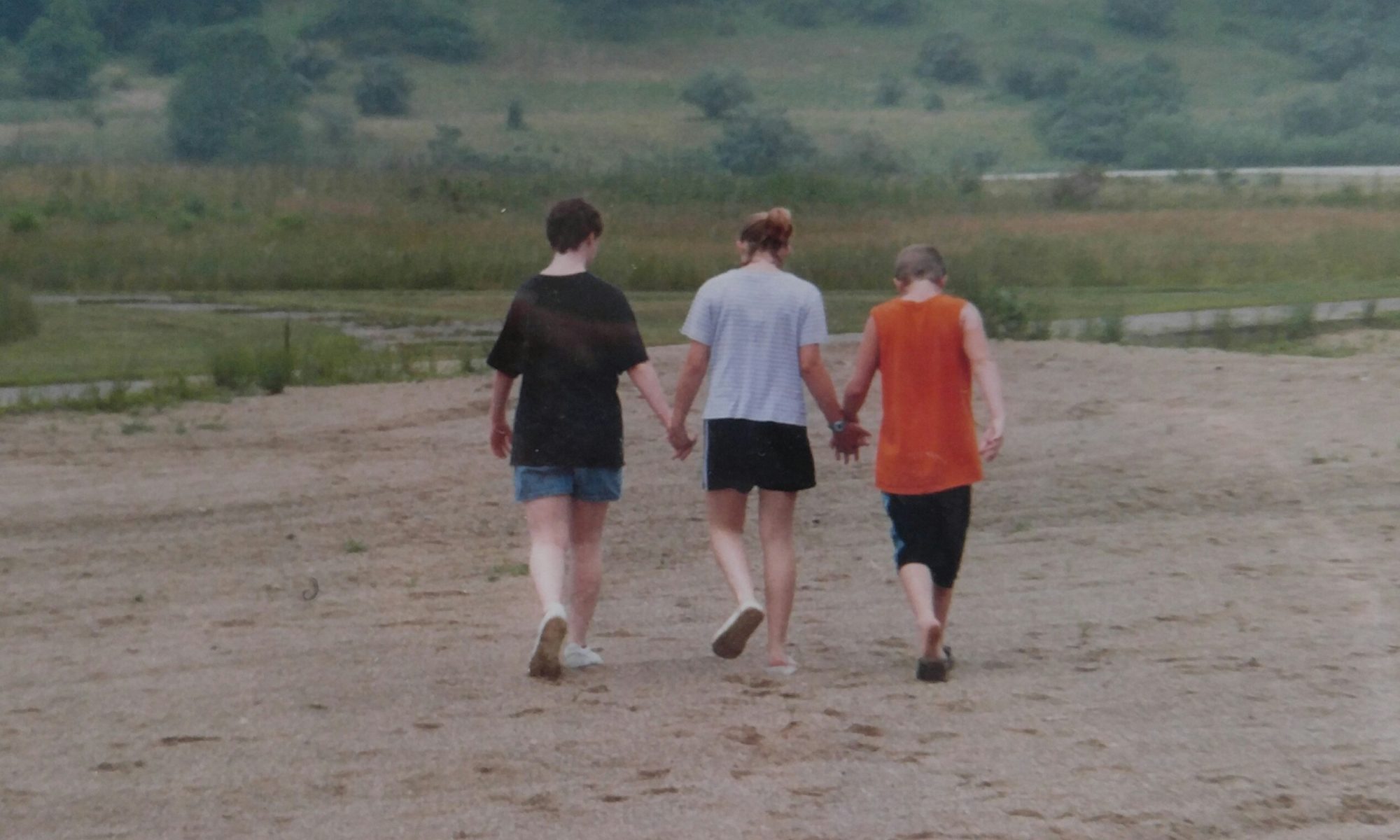
Last week, our autism support group (ASK Autism) was excited to have four first responders from our county join us to share their tips for helping them keep our family members with autism safe in emergencies. We got so many wonderful ideas that I decided to split it into three parts and will share the information with you over the next few weeks.
Autism can be particularly challenging when it comes to preparing for emergencies. By it’s very nature, autism is unpredictable at times and we all know that just because our child does something one way, one time, it doesn’t mean they will ever do it that way again. But – we can prepare ourselves and as many people around us as we can.
The first one to speak was a deputy sheriff. The sheriff’s department handles the entire county where we live. If you have a police department, make sure you talk to them, too.
Deputy Bryant’s biggest tip was to do anything we can to make it obvious there is a person with a disability in the vehicle in case of an accident and we aren’t able to speak. Stickers on the windows are good, but in the dark and in an emergency, they might not be noticed. He advised purchasing or making seat belt covers that say “person with autism” or whatever the disability may be. These can be purchased online and aren’t too expensive.
The covers are simple – just some type of material that wraps around the seat belt and is held by Vel-cro, so you can easily switch to other vehicles if you need. Mandy and I are planning to purchase plain ones and use a Cricut to add the information we feel is most important to the cover. I plan to write on the underside information like their names, an emergency number and their birthdays. The deputy shared that the covers, even if the person was out of the vehicle, would be something that would be noticed and would help the first responders to understand how to help your loved one faster.
Another tip the deputy shared was that our county collects information from families and that when 911 is dialed from that residence the information will pop up to the dispatcher. The forms are simple and we can give us much information as we want. Items like where they sleep, if they will come to their name being called, anything that may help first responders that are called to our home in an emergency. Even if you think what you want to share is common sense, share it anyway. You never know what might save your child’s life.
I don’t believe this is something that is available everywhere, but maybe your phone call to your local department will get the ball rolling for them to put an information system in place. In either case, you won’t know until you call. My forms are almost ready to email back – I’m just waiting to see if I think of anything else that might be important.
Another idea he had was to flag your license plates. Again, this is available in Ohio – you would have to check with your area. It’s another simple form, but this one has to be signed by a doctor. It lists the person’s name and attaches their government issued ID, if they have one. You can list up to nine license plates of vehicles your child may be riding in and if your plates are run by a deputy, it will show that there is a person with a communication disability in the vehicle. It won’t share more than that, but at least it is a warning that there could be a communication issue and the deputy can be aware that behaviors may occur because of that.
The deputy also recommended that you have a recent picture of your child on your phone at all times. And to know their weight and height. If your child is a runner and disappears on you out in public, you have an instant picture to show anyone who might be helping you look. When cell phones became so wide-spread, I took a picture of Casey and Rob as we were leaving to go anywhere. That way, I had what they were wearing in the picture, too. Thankfully, I’ve never had to use my pictures, but you never know!
Share any sensory issues your child may have, such as to the flashing lights or sirens. First responders won’t know to keep a close eye on your child if they don’t know loud noises will cause them to panic and run. Our department also has Project Lifesaver available for our residents. It is a tracking device your child can wear and if they do get out of your home or away from you, they can be tracked quickly.
Something I found very interesting as all of these men talked to us was they kept saying that, though they had been trained in working with special needs, they were surprised at our questions and had to really think about what truly coming to an emergency with a person with autism might be like. My best advice to you – call your police/sheriff’s office, the fire department, the emergency squad. Get as much information to them as you can about your home, your child and their needs. They can’t be prepared to help if they don’t know the situation. Call before you need them!







